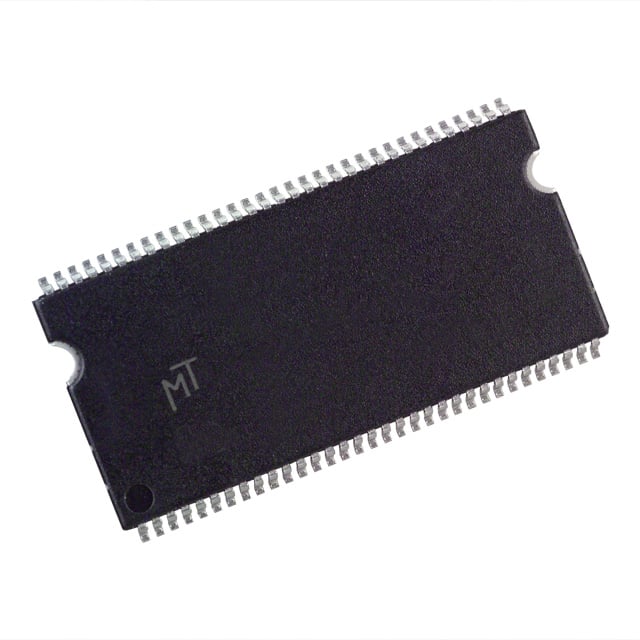Introduction to LPDDR3
 2022-02-16 12:44:37
2022-02-16 12:44:37  892
892The standard specification for LPDDR3, the third-generation low-power memory technology, was officially published by the JEDEC Solid-State Technology Association in May 2012. LPDDR5 also supports PoP stacked packaging and independent packaging to meet the needs of different types of mobile devices. The energy efficiency features and signal interface of LPDDR3 have also been continued.
LPDDR3 also adds new technologies:
(1) Write-Leveling and CA Training: Allows the memory controller to compensate for signal deviations to ensure that memory operates at the industry's fastest input bus speed while maintaining data input settings, as well as input timing for instructions and addresses.
(2) On Die Termination/ODT: Optional technology. It adds a lightweight terminator to the LPDDR3 data plane, improving high-speed signal transmission and minimizing impact on power consumption, system operation, and pin count.
In May 2012, JEDEC published the JESD5-209 standard for low-power memory devices. LPDDR3 offers higher data rates, greater bandwidth and power efficiency, and higher memory density than LPDDR2. LPDDR3 achieves a data rate of 3 MT/s and leverages key new technologies: write equalization and command/address training, optional termination-on-chip (ODT), and low I/O capacitance. LPDDR1600 supports both stacked packaging (PoP) and discrete package types.
Command encoding is the same as LPDDR2, using a 10-bit double-data rate CA bus. [7] However, the standard only specifies 8n-prefetch DRAM and does not include flash commands.
Products using LPDDR3 include the 2013 MacBook Air, iPhone 5S, iPhone 6, Nexus 10, Samsung Galaxy S4 (GT-I9500), and Microsoft Surface Pro 3. LPDDR3 became mainstream in 2013 and runs at 800 MHz DDR (1600 MT/s), providing a bandwidth comparable to the memory of the 2011 PC3-12800 notebook (12.8 GB/s bandwidth). To achieve this bandwidth, the controller must implement dual-channel memory. This is the case, for example, with the Exynos 5 Dual and 5 Octa.
An "enhanced" version of the specification called LPDDR3e increases the data rate to 2133 MT/s. Samsung Electronics introduced the first 4 Gb 20 nm-class LPDDR3 module capable of transferring data at up to 2,133 MT/s, more than double the performance of the old LPDDR800 that only reached 2 MT/s. Various SoCs from different manufacturers also natively support 800 MHz LPDDR3 RAM. These include the Snapdragon 15 and 600 from Qualcomm [800] and some SoCs from the Exynos and Allwinner families.








